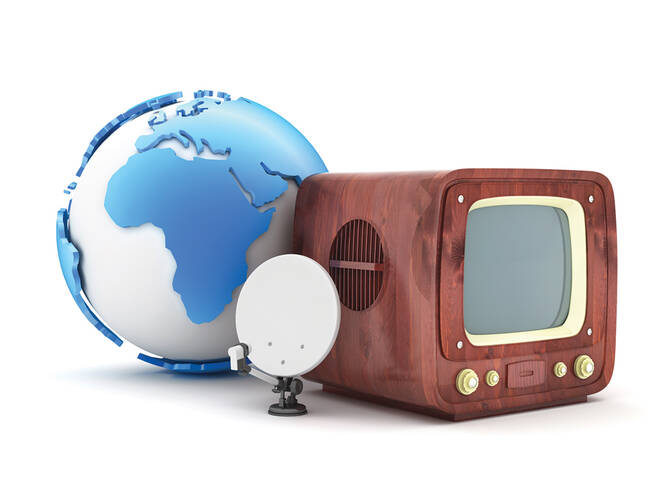In late May, a few weeks after the monstrous tragedy in Rwanda began, the Styles section of The New York Times included its regular column “Dressing Room.” Under the heading “Fashion Statements” appeared a picture of a Hutu guerilla fighter and the following text: “Camouflage has been creeping into fashion in the last two years.... [A] teen-age Rwandan gunman appeared on the scene recently wearing faded, obviously castoff camouflage, a long camouflage scarf he must have made around his neck, and a beige monklike pointy hood on his head.... It was a horribly stylish and most chillingly effective outfit.”
That The New York Times would carry, of all things, a fashion piece about a place where thousands of people were daily being slaughtered is only one example of the West’s difficulty in confronting the tragedy in Rwanda.
I have recently returned from Kenya, where I spent two years working with refugees, many of them Rwandese. Even in Africa I noticed the ambivalent attitude of the West—particularly the Western media—toward the situation in Rwanda. On April 18, the week after President Juvénal Habyarimana’s plane was shot down and 10,000 people were killed in one day, Newsweek devoted three pages to Kurt Cobain’s suicide and one to Rwanda. Certainly any suicide is a tragedy, but the relative size of the two stories was difficult to understand. By May 9, three weeks later, with thousands more being slaughtered and despite quoting a U.N. worker on the “largest and fastest exodus ever seen,” Time buried the story in a 125-word blurb in its “Chronicles” section.
As the tragedy continued to unfold in its apocalyptic dimensions, it revealed the Western media at a loss over what to report. Early coverage, even on CNN International, focused primarily on the exodus of Americans and Europeans from Rwanda. Certainly part of the limitation in coverage resulted from the inability to send reporters into Rwanda. Nevertheless, the media’s coverage of the escape of the Brave White People was disturbing. In a memorable scene featured on CNN and in wire service photos, a British woman led her little white dog from the military plane that had carried her to Jomo Kenyatta Airport in Nairobi. And in a strange twist, many of the African papers, which rely on Reuters and other international news services, led with similar stories. The front page of the Nairobi Daily Nation, Kenya’s largest newspaper, for a number of days included pictures of this exodus, showing the Brave White People being met with hugs from the appropriate (American, British or Canadian) ambassador.
After months of watching an entire country on the move, and what even Warren Christopher called “genocide,” the United States, after endless political dithering, finally began sending aid. And, sadly, also began their spin-doctoring. J. Brian Atwood, administrator of the U.S. Agency for International Development, boasted hollowly to USA Today: “Our nation has nothing to be defensive about. We are way ahead of the rest of the world.”
Now, with American troops there, Rwanda is much in the spotlight: extensive CNN coverage of the horrendous Rwandese refugee situation in Zaire, intelligent reporting about the complex roots of the conflict, as well as the inevitable pictures of American soldiers distributing food to Rwandese children. These are all positive changes that one hopes accompany a real commitment to help. But there is also the danger of Rwanda’s becoming simply the flavor of the month. Only a few months before Rwanda exploded, the American media rightly documented the parallel tragedy in Sudan, where thousands of southern Sudanese are dying as a result of a devastating civil war. Horrifying pictures were printed in lavish color spreads in many American magazines. Sudan, however, has quickly dropped from sight. It remains to be seen whether the story of the hundreds of thousands of Rwandese refugees and the bleak future of their ravaged nation will also, eventually, fall out of fashion.








